LPT: What’s New in Social Media Marketing for Lawyers?
 In the March 2018 issue of the American Bar Association’s Law Practice Today webzine, I put around 2,500 words to web in my article, What’s New in Social Media Marketing for Lawyers? It seems like just yesterday that Facebook, Twitter and LinkedIn (and plenty others) came into our lives. It’s been longer than that…as a nine year old post this morning on Facebook reminded me of an event from days’ gone by. The tools have changed, and for business development purposes, lawyers have had to change with them.
In the March 2018 issue of the American Bar Association’s Law Practice Today webzine, I put around 2,500 words to web in my article, What’s New in Social Media Marketing for Lawyers? It seems like just yesterday that Facebook, Twitter and LinkedIn (and plenty others) came into our lives. It’s been longer than that…as a nine year old post this morning on Facebook reminded me of an event from days’ gone by. The tools have changed, and for business development purposes, lawyers have had to change with them.
In preparing to write the feature, I kept putting down notes on various social media news, programs and events—seemingly by the hour. At the same time I write this very blog post, I’m mere minutes away from moderating an ABA CLE on The Law and Social Media: Tips for Every Lawyer, with my colleagues Cynthia Dahl, Kathryn Deal and Molly DiBianca, covering social media issues that range from employment law matters to tweeting jurors, messaging witnesses, friending judges, cybercrime and prosecution, DMCA and trademark issues, virtual law practices, professionalism, and marketing.
Just last week, the ABA released Formal Opinion 480 from the Standing Committee on Ethics and Professional Responsibility reminding lawyers of the confidentiality obligations for lawyer blogging and tweeting. It is an opinion that has been widely panned as being late to the game. This provides another reminder as to the speed that social media runs. The suggestions are already somewhat old and outdated.




 Oh, remember the ‘80s? Alf, Madonna, Pee-Wee’s Playhouse, Garbage Pail Kids? I was in New Orleans to see Keith Smart’s last-second shot for Bobby Knight’s Indiana Hoosier over Syracuse in the NCAA Championship Game in 1987. I watched the Baltimore Orioles defeat the Philadelphia Phillies in the 1983 World Series (when the O’s still were more important to me than the Phillies). And I was at the Stanley Cup Finals between the Flyers and the Edmonton Oilers in 1985 and 1987. Those were just some of the games I attended in person. I worked in the Major Indoor Soccer League and the NHL during the 80s—attending hundreds of games. I remember the end of high school, my college years, first jobs, and the start of law school. Little did I (we) know at the time that those babies being born were—Millennials! And that—in the here and now—it would all be about them.
Oh, remember the ‘80s? Alf, Madonna, Pee-Wee’s Playhouse, Garbage Pail Kids? I was in New Orleans to see Keith Smart’s last-second shot for Bobby Knight’s Indiana Hoosier over Syracuse in the NCAA Championship Game in 1987. I watched the Baltimore Orioles defeat the Philadelphia Phillies in the 1983 World Series (when the O’s still were more important to me than the Phillies). And I was at the Stanley Cup Finals between the Flyers and the Edmonton Oilers in 1985 and 1987. Those were just some of the games I attended in person. I worked in the Major Indoor Soccer League and the NHL during the 80s—attending hundreds of games. I remember the end of high school, my college years, first jobs, and the start of law school. Little did I (we) know at the time that those babies being born were—Millennials! And that—in the here and now—it would all be about them.
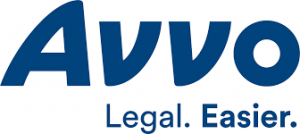
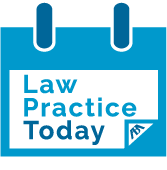 In a world where every law firm is (or says) they are “full-service,” comes this issue of
In a world where every law firm is (or says) they are “full-service,” comes this issue of 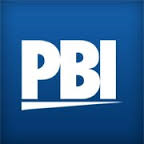
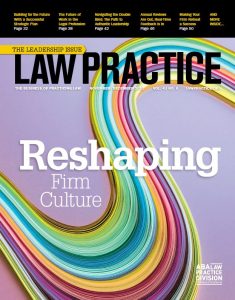 When I wrote my marketing column for the November/December 2017 issue of the ABA’s Law Practice Magazine,
When I wrote my marketing column for the November/December 2017 issue of the ABA’s Law Practice Magazine, 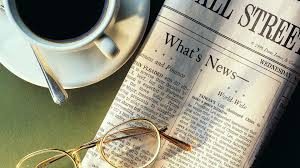
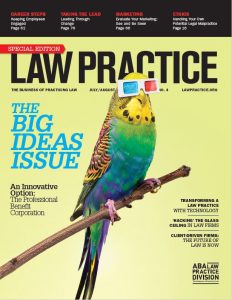
 e a Judge or attorney fascinated (or at least feeling like you need to know this stuff) by the world of social media, consider attending the
e a Judge or attorney fascinated (or at least feeling like you need to know this stuff) by the world of social media, consider attending the